On  Halloween 2015 I attended an “Inside the publishing House” event at Hachette, Australia, organised through the Emerging Writers Festival. It was incredibly insightful and interesting. Although not specifically for children’s books (Hachette has only one children’s publisher compared with five other publishers) most of the messages I gleaned for the panel discussions hold true across genres. So, what can you do to get your work read by publishers?
Halloween 2015 I attended an “Inside the publishing House” event at Hachette, Australia, organised through the Emerging Writers Festival. It was incredibly insightful and interesting. Although not specifically for children’s books (Hachette has only one children’s publisher compared with five other publishers) most of the messages I gleaned for the panel discussions hold true across genres. So, what can you do to get your work read by publishers?
1. Writing
Your writing needs to be polished. Robert Watkins (non-fiction and literary fiction publisher) said that the publisher doesn’t expect the manuscript to be perfect – they know it will need work (especially for longer works). Publishers “look for the promise” the manuscript holds. Their job is to work with the author to strengthen and refine the work.
Having said that, they do expect your manuscript to have undergone critical appraisal by at least two to three UNBIASED (ie not family/friends) people, and it is here that belonging to a community of writers in invaluable and strongly recommended. It will also prepare you for the feedback during the editorial process which can be quite rigorous.
Children’s publisher, Suzanne O’Sullivan, said that the writing (not the pitch, not the author etc) is the thing that is most important to her when reading submissions – it’s what she looks at first and prefers it sent as an attachment to the email, with the ‘pitch’ in the body of the email.
The publishers agreed that they would not give up on the first page but the manuscript does “need to maintain interest from the start”, have a clear and distinctive voice and something has to happen- there has to be a progression with ‘ebbs and flows’ within it.
2. Networking and getting noticed
Writing and submitting widely outside of your manuscripts allows you to build up a reputation in the publishing industry. For this reason it is important to enter competitions, write articles for journals and the like. People who have work shortlisted and published elsewhere get noticed, they are building up a reputation as a credible writer.
Attending events like ‘inside the publishing house,’ literary speed dating, literary festivals etc can put you in the path of publishers. This can give you invaluable opportunities to pitch your work directly to a publisher – some publishers (like Hachette) only take submissions from people they have met at these events or are recommended to them by others. This also allows opportunities for publishers to put a face/personality with a name they may have come across (as above) and allows you to get an insight into what a publisher is specifically looking for.
[A tip from me- Tweet from the events you attend, including the publishing house in your hash tag – you may just get a publisher following you (I did!)]
Whilst the publishers themselves were adamant that the writing is the most important thing for them making a decision to champion a manuscript, the rest of the publishing house had to see potential to market the book for them to take it on. For this reason showing that you have the ability to engage with people about yourself and your books through social media or other channels is helpful. The main thing is to pick a platform you are good at/enjoy and not to spread yourself too thin across a plethora of platforms. Know who your audience is and engage there. You don’t need to have a big following, but showing willingness goes a long way in the eyes of the publishing house.
4. Pitching
Know your publisher. Each publisher and publishing house had its own specialty, so knowing this will help you target the right publisher and increase your chances.
Put the STRENGTH of the book in the pitch – perhaps include one of the best sentences from the manuscript that will intrigue readers.
Mention if you have a Unique selling point (USP) that can be utilised to market your book – do you have an interesting personal story or something that can be a “hook for the book” to help it sell?
Mention if the book is related to education – big sales come from schools.
[Tip from me: take advantage of the time you have with the publishers at events like these. Show an interest in their publications, and even ask respectfully if you might be able to pitch to them on the spot – I did (nerve racking but true!) and was rewarded with a direct link to send my manuscript to the publisher.]
5. Know your industry
Australian publishers are committed to grow Australian content and expect authors to support the industry and be well read in their genre, showing a passion for literature. Industry involvement (such as work in a bookstore), is looked at favorably [as is, I imagine, reviewing books] – reading widely will help your writing and your pitch, as will knowing what is current.
This is based on an article that first appeared in Buzz Words 15th February 2016.







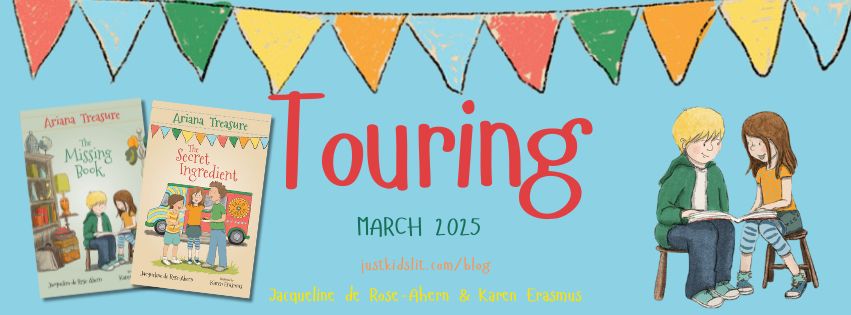
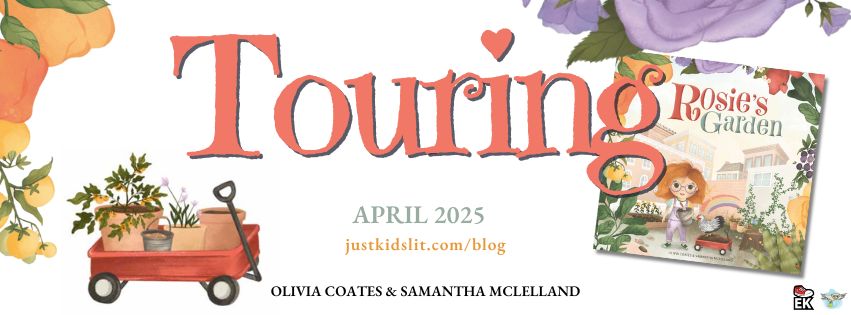
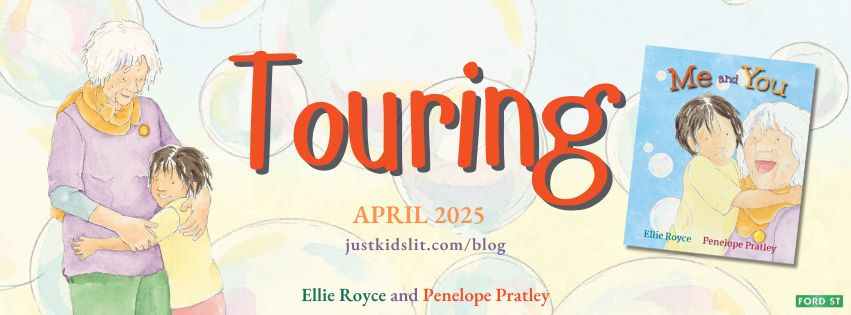
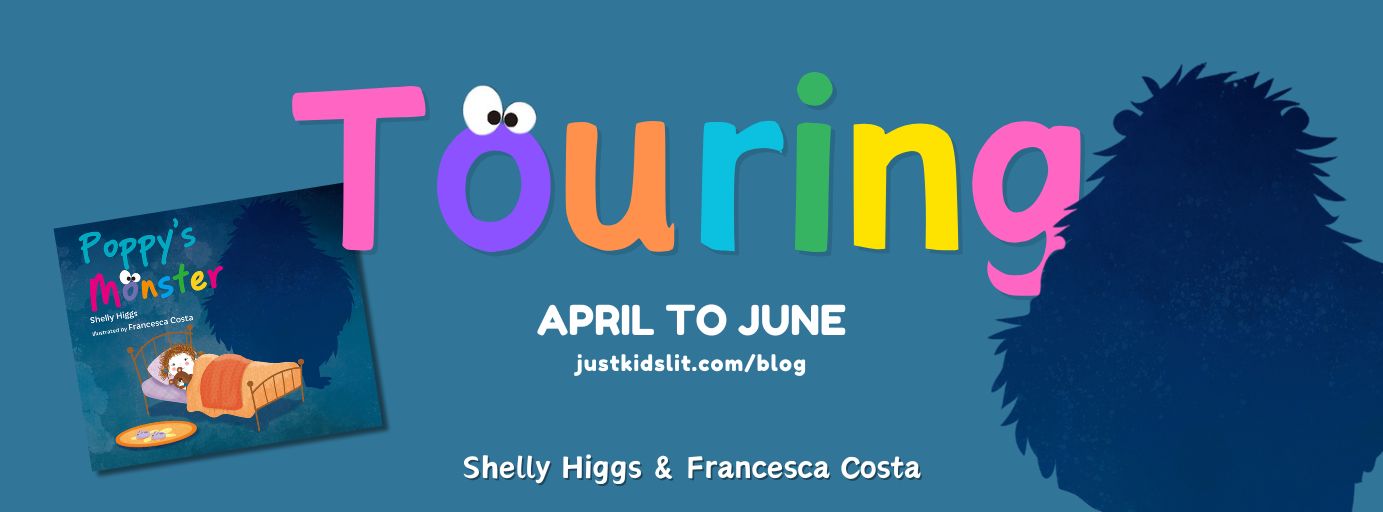
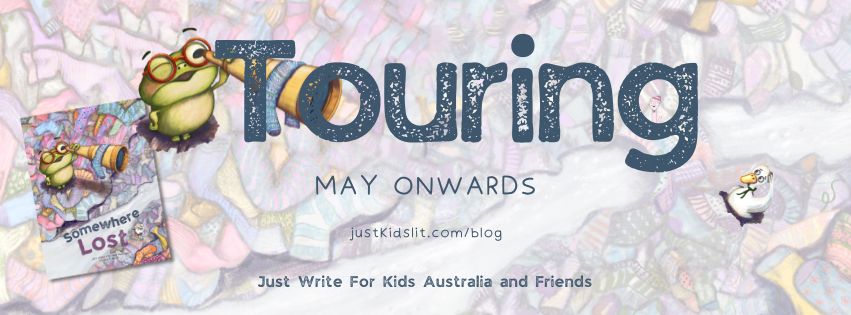





2 thoughts to “How to get your work read by publishers.”
Hi Debra,
Great tips here.
I agree with them all but especially in Getting Noticed.
Find unique ways to stand out in the crowd both with your polished powerful writing and with your writer’s profile.
Cheers,
Karen Tyrrell
Thanks for dropping by, Karen 🙂